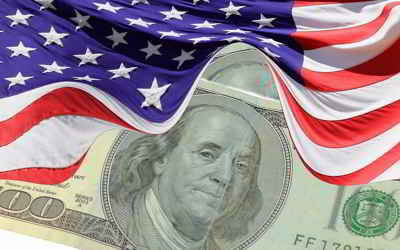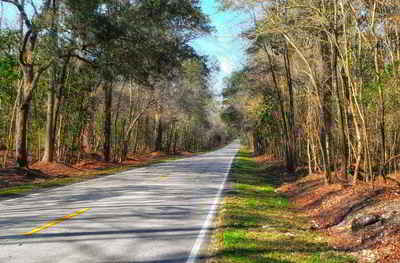South Carolina Economy
Agriculture and Industry in South Carolina
South Carolina economy is a set of human and social activities and institutions related to the production, distribution, exchange and consumption of agriculture and industry goods and services. The balance between South Carolina various economic sectors differs largely between various regions and other states in the US.South Carolina Agriculture and Industry
South Carolina's real gross state product in 2012 was estimated to be $150,596 which was just about the national state average, $187,440. South Carolina has the 27th highest GSP out of the 50 states.
In the late 18th century, South Carolina was one of the most prosperous of the original thirteen colonies. With the invention of the cotton gin
in the early 19th century, cotton became a major crop for the state. However, the Civil War, and the end of the plantation system supported by slaves,
devastated the South Carolina economy.
By the 1880's, the textile industry began to flourish again in South Carolina. It was not until after World War II, however, that South Carolina began
pulling out of the economic depths to which it had sunk. Today, the state is a leader in the manufacturing and tourism industries and has a diversified
economy. Numerous domestic and foreign industrial companies have plants in South Carolina, and the state is rapidly regaining the place of prominence
it formerly held in the nation.
In recent years tourism has become a major industry, as travelers discovered the state's beaches and mountains. On September 21, 1989 Hurricane Hugo
struck the coast, causing great damage to homes, businesses, and natural areas, but the state has made a remarkable recovery since then.
South Carolina Agriculture:
Tobacco, poultry, cattle, dairy products, soybeans, hogs.
South Carolina Industry:
Textile goods, chemical products, paper products, machinery, tourism.
During its early days, South Carolina was one of the country's richest areas. Its economy depended on foreign commerce and agriculture, especially indigo, rice, and later cotton. After the Civil War, the state suffered severe economic depression. Not until the 1880s did the textile industry- today the state's major employer- begin to develop.Textiles and farming completely dominated the economy until after World War II, when efforts toward economic diversification attracted paper, chemical, and other industries to the state. During the postwar period, the state spent sizable amounts to improve its three ports, especially the harbor facilities of Charleston.
By 1999, manufacturing had become the most important sector in the South Carolina economy. Almost 25% of the labor force worked in manufacturing, well above the national average of 17%. The top ten manufacturers in the state employed over 40,000 workers. The Westinghouse Savannah River Site military base accounts for a significant portion of the state's manufacturing base. Employment at those facilities grew significantly during the 1980s when the Reagan administration increased military expenditures. In the 1990s, however, the federal government began cutting staff at the bases and considered phasing them out. Rising foreign and domestic investment, coupled with an abundance of first-class tourist facilities along the coast, contributed to the continuing growth of South Carolina's economy in the 1980s and were only temporarily hurt by the national recession of the early nineties. The state economy's annual growth rate, averaging 5.5% 1998 to 2000, dropped to 2.6% in the national recession of 2001. Manufacturing output, nearly flat from 1997 to 2001, dropped as a share of total state output from 24.5% to 20%. The strongest output growth was in the transportation and public utilities sector (up 41.9% 1997 to 2001); in general services, including health, business, tourist, personal and educational services (up 30.3%); financial services, including insurance and real estate (up 28%); and government services (up 25.7%). Employment peaked in June 2000, and as of October 2002, was still nearly 2% below this level.
In 2001, South Carolina's gross state product gross state product was $115.2 billion, the 28th largest among the states, to which manufacturing contributed $23.1 billion; general services, $19.6 billion; trade, $19.3 billion; government, $17.9 billion; financial services, $16.6 billion; transportation and public utilities, $10.3 billion, and construction, $6.8 billion. The public sector in 2001 constituted 15.5% of gross state product, above the 12% average for the states.

US economy is relies on private decision-making ("economic freedom")




